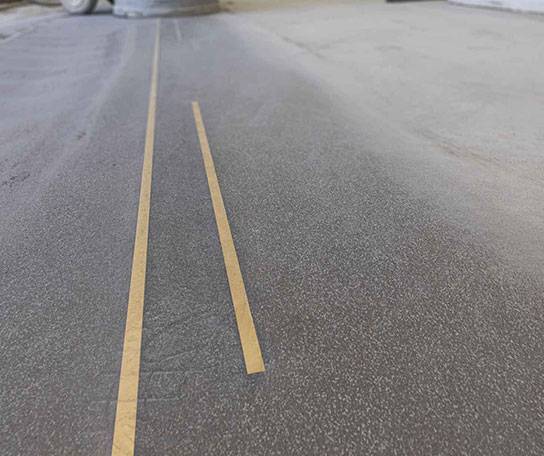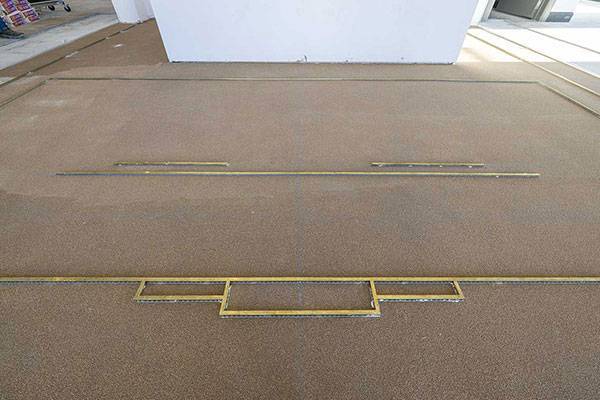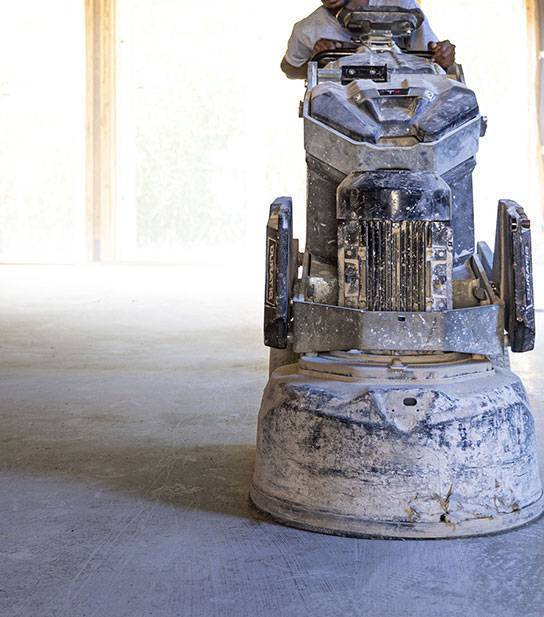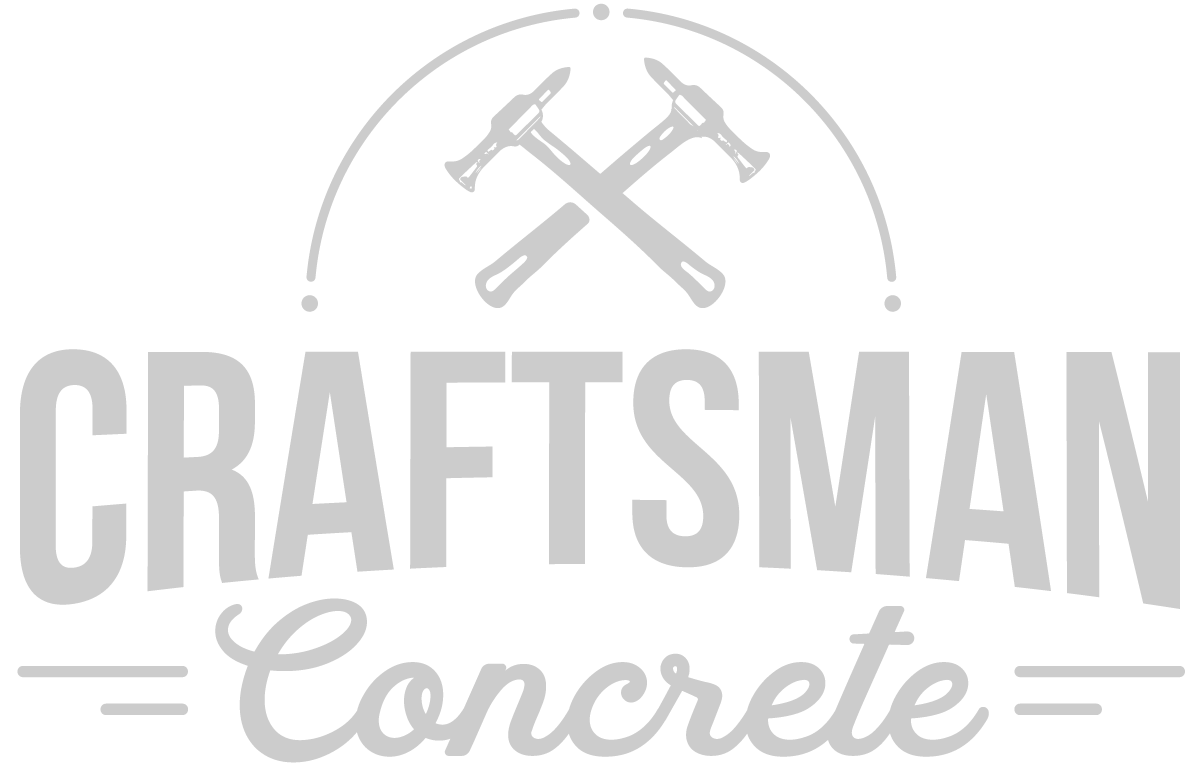
Adhesives, such as thinset, mastic, and glue, are used to install many flooring systems. But when it’s time to upgrade your floors, these adhesives often remain attached to the substrate after the old floors are removed. They leave a layer of sticky residual surface contaminants all over your subfloors.
When starting a new concrete project, it’s important to properly remove any residual traces of glue before installing new floorings to provide an ideal surface to work on and get the best results. Depending on the type of adhesive residue you’ll find on the subfloor, you’ll need to use a suitable remover to ensure a clean surface ready for your new project.
What’s the Difference Between Thinset, Mastic, and Glue?

Thinset
Thinset is a modified, thinner mortar explicitly designed for tiles. The main difference between thinset and regular mortar is the thickness. Thinset, as the name implies, is a thin substance, so it’s easy to spread across wide surfaces without clumping or piling up.
Mastic
Mastic is a strong organic glue used to apply linoleum floorings. In the 70s, the asbestos mastic mix was the main adhesive used to seal tile floors. Now, along with thinset, mastic is used to glue tiles to walls or floors before grouting. Although mastic is very sticky, grabs fats, and sets quickly, high performance in wet areas is not its strong suit.

Other Types of Glue
Water-based glue:
These are the most popular types of adhesives. People prefer them due to their low VOC emissions, which makes them the safest and most eco-friendly option.
Polyurethane-based glue:
Polyurethane-based glue is best for installing wooden floors. It resists moisture and creates a strong yet flexible bond to hold the wood and concrete together.
Acrylic-based glue:
Acrylic-based glue is extremely tough and durable, which makes it the best option for luxury vinyl flooring, tiles, and stones. It can withstand temperature changes, is sun resistant, and is moisture resistant.

What Should I Do Before Installing Polished Concrete?
Before installing a polished concrete floor or any other flooring system, like a new carpet, luxury vinyl plank, wood, or tile, a professional must remove the residual adhesives and any other contaminants. Cleaning any glue residue leaves a fresh flat surface that is ideal for adhering to any new flooring installation in the future.
After your contractor removes the contaminants from the subfloor, they’ll need to remove the dust with a special vacuum with HEPA filters. Mastic and glue residue may contain asbestos and other hazardous chemicals, so please do not try to do this step yourself because incorrect removal can be dangerous and could ruin your floor.
Why Opt for Hiring a Professional to Remove Residual Adhesives?
- Professional removal ensures leaving the subfloor flat. With fewer high or low spots in the subfloor, you won’t need to add an extra step of floating with self-leveling concrete before the next flooring installation.
- Professional removal is faster and often more cost-effective than in-house solutions. Instead of spending extra money on new equipment and a lot of time figuring out how to remove the adhesives yourself, you could save yourself the hassle and have an experienced professional do it. If you remove adhesive residues in-house with the wrong tools, like chipping hammers and tile scrapers, it could increase the risk of costly damage to your subfloor.
- Waste materials, such as mastic, asbestos, and other chemical hazards, could be dangerous and can’t be discarded in the trash. Such material must be disposed of properly per local and national safety regulations.
How to Remove Adhesive Residuals from the Subfloor
Generally, the adhesive residue is removed with planetary concrete grinders. These grinders use metal-bonded diamond tools, or bush hammers, that rotate at different speeds. This technique is why planetary grinders ensure gentle yet thorough glue residue removal.
You could also use specialized chemicals to strip particular glue and mastic. However, when choosing your chemical remover, pay attention to flammability, toxicity, local VOC regulations, odor, and rinsability. For mastic, you’ll need to use a solvent-based remover to remove the adhesive thoroughly. On the other hand, acrylic-based adhesives require water-based removers. And in the case of polyurethane-based glue, you’ll need urethane-specific removers.
If you want to renovate your floors and need an experienced professional to remove any residual adhesives on your subfloor, give us a call! We’re always happy to help.

